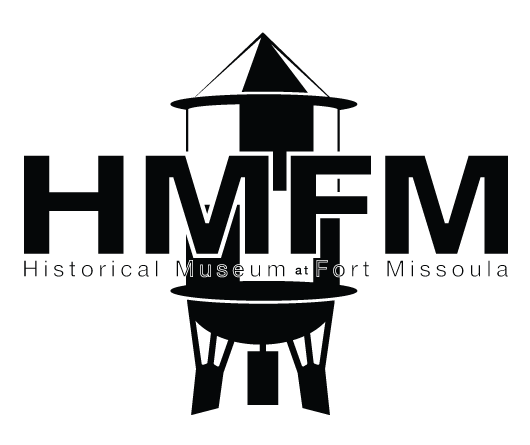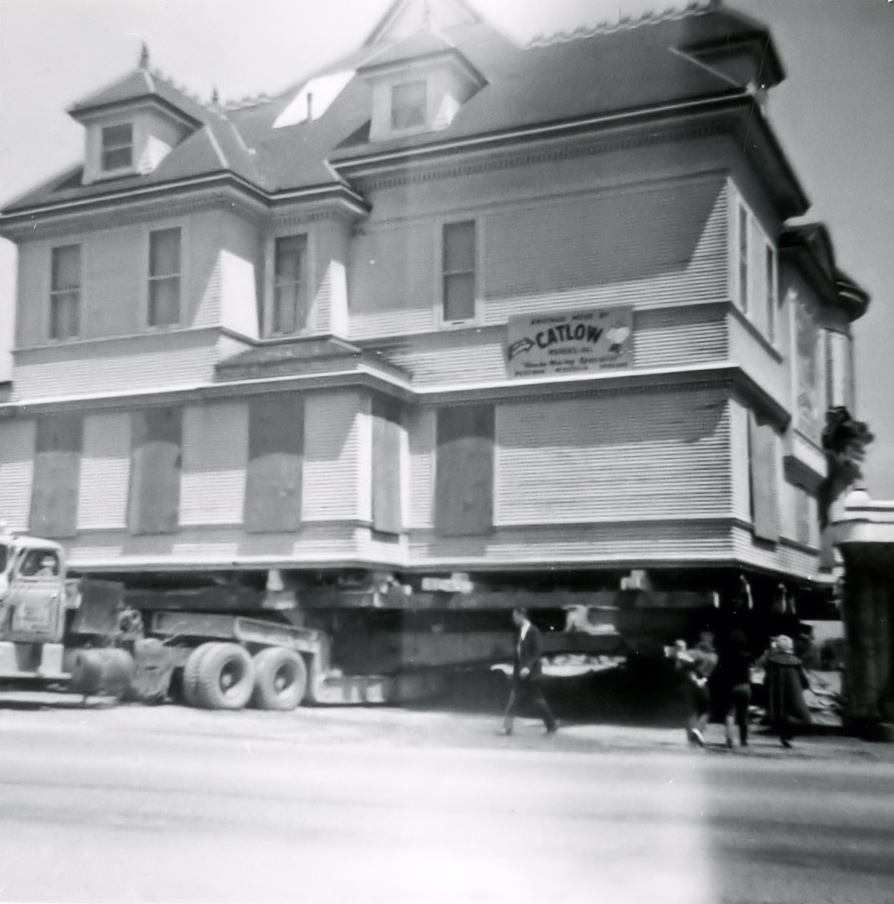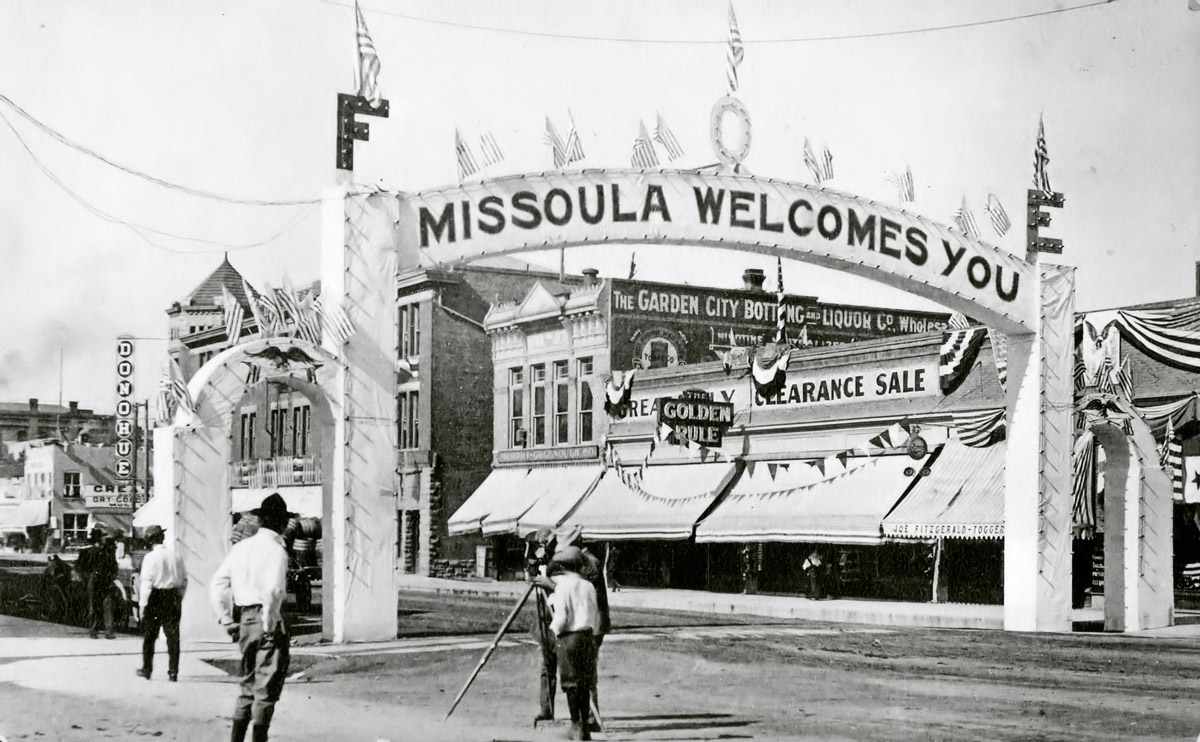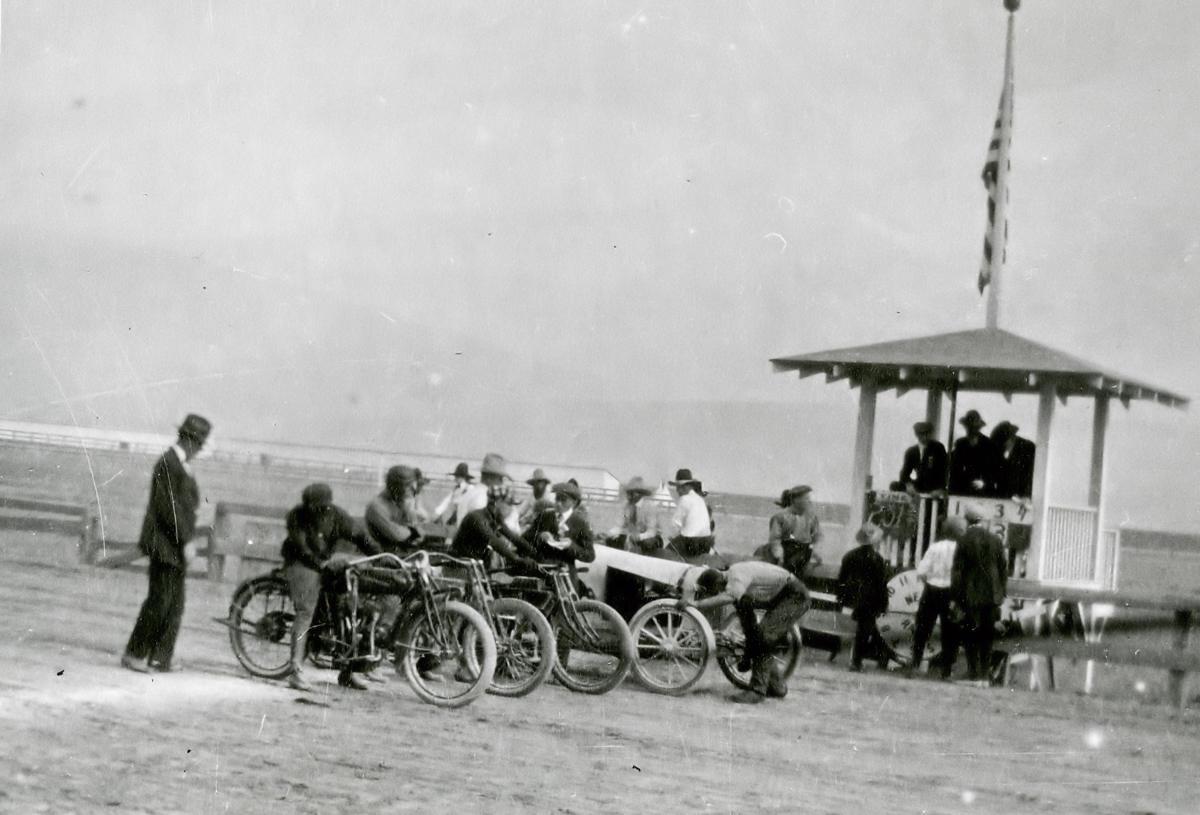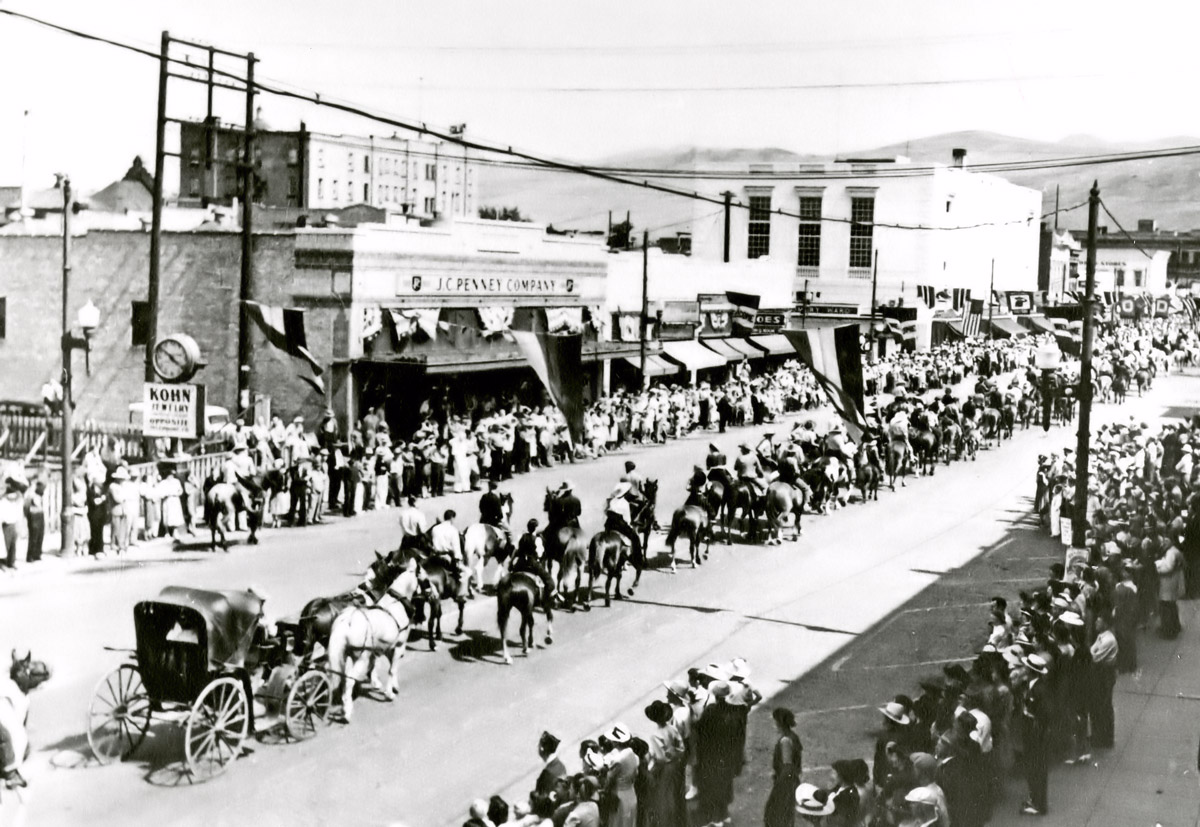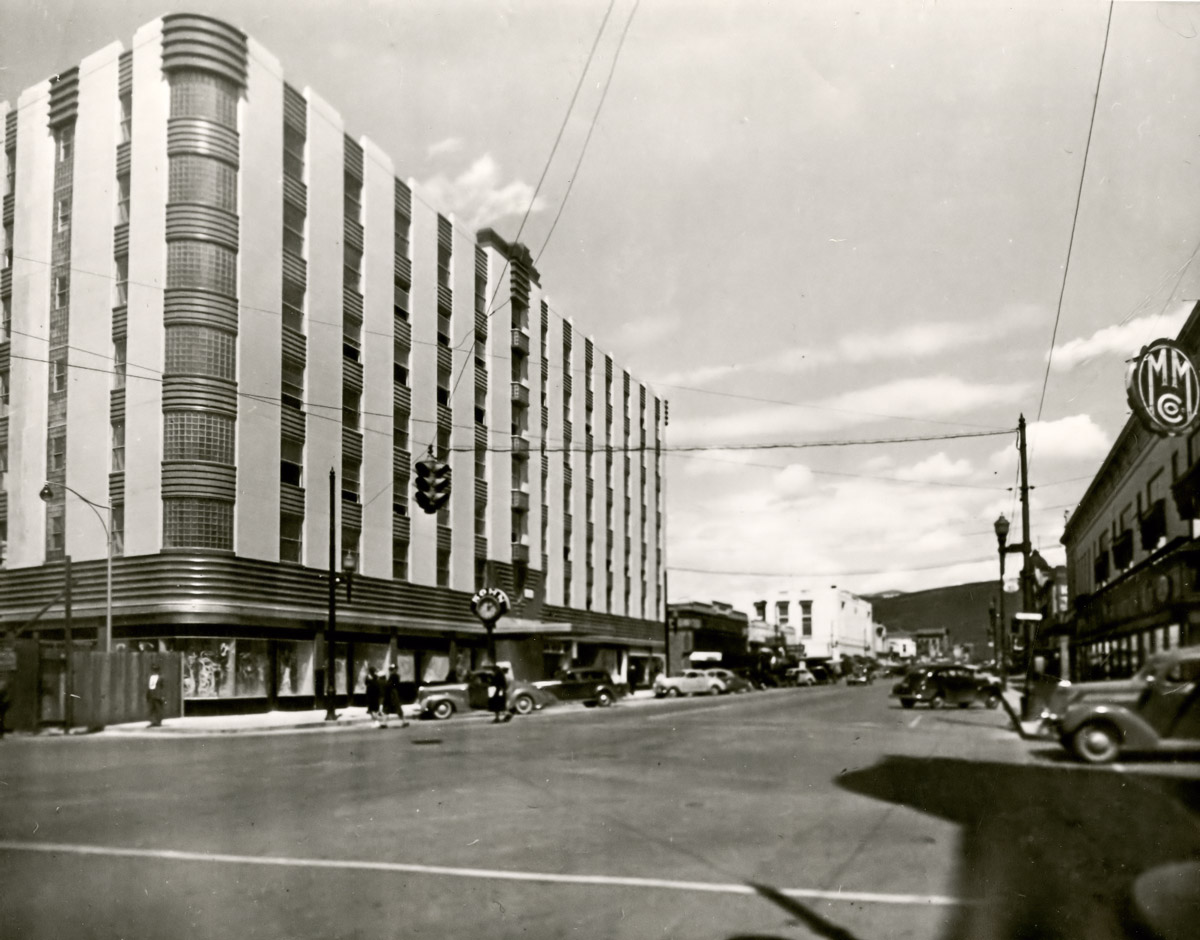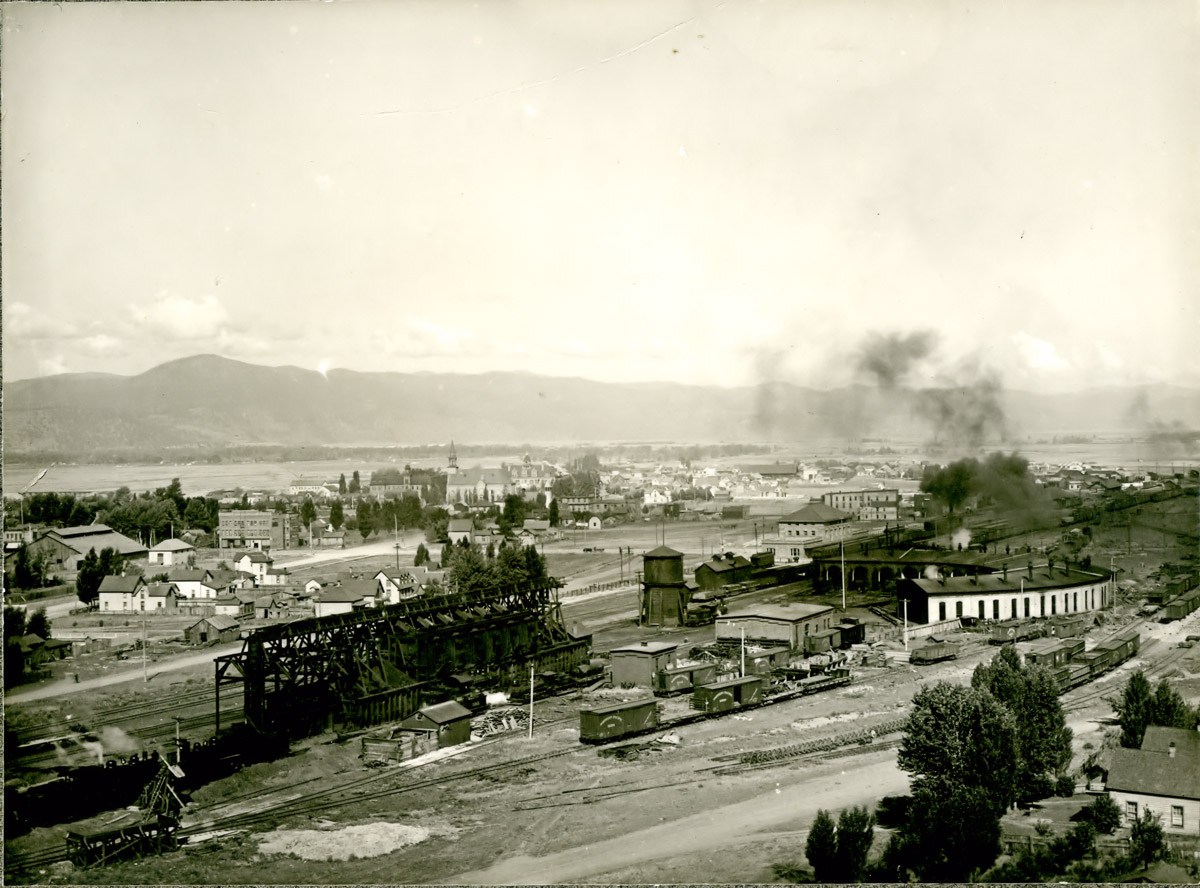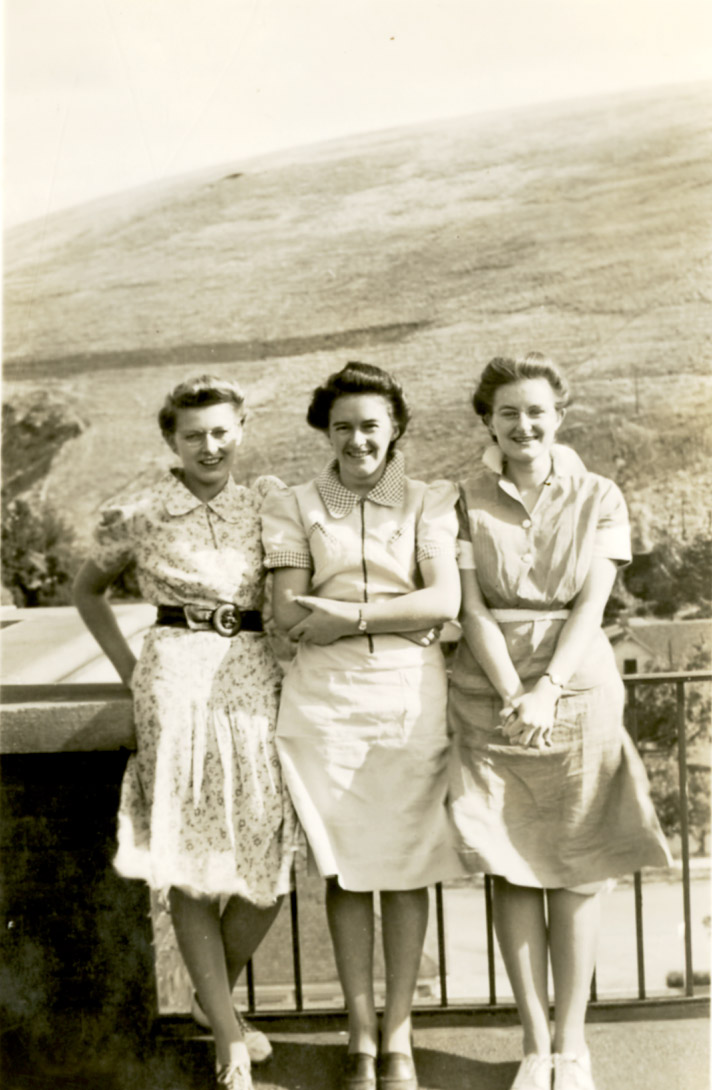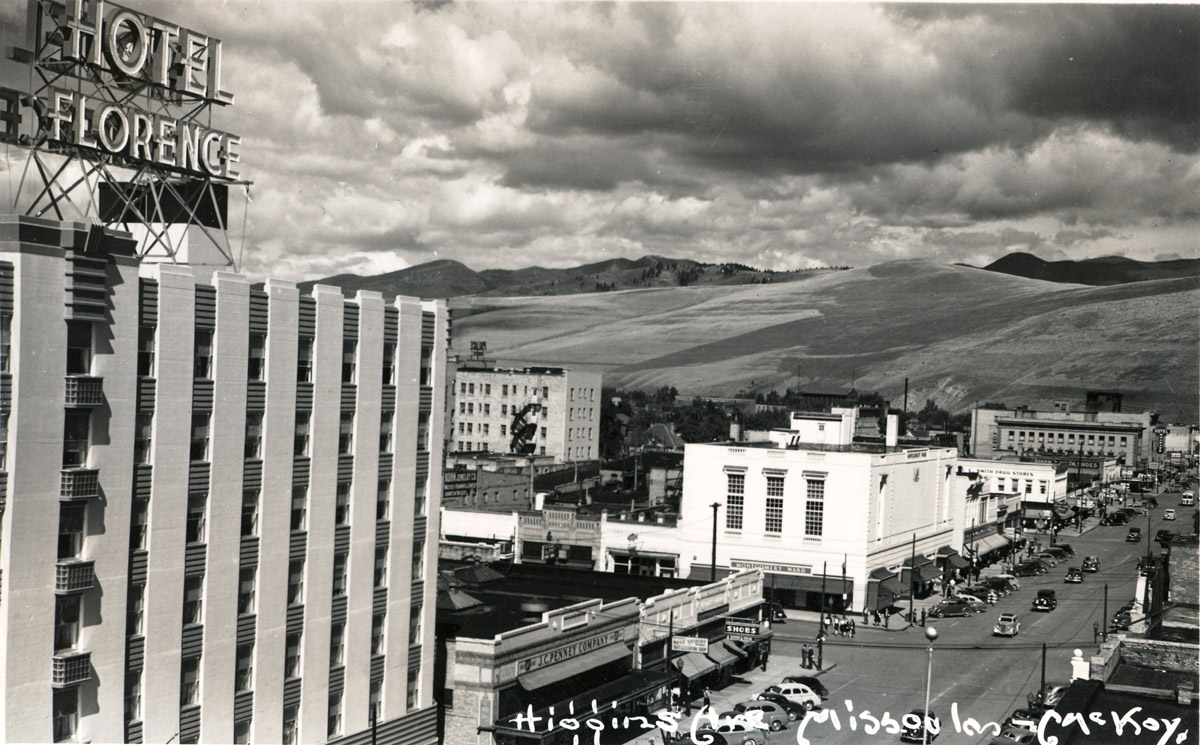In June of 1860, Christopher P. Higgins, Francis L. Worden and Frank Woody left Walla Walla, Washington with a pack train of 76 animals packed with merchandise and a safe. They reached the Missoula Valley in August and selected a site for their trading post. This site eventually became the village of Hellgate.
Though there were already settlers in the area, the Higgins & Worden store was the first real business, even though it was only a canvas tent. It soon became a stop along the Mullan Road, a military wagon road that went from Fort Benton, Montana to Walla Walla, 624 miles in total. This road opened up the area to more travel, bringing with it townspeople and variety of businesses.
Life in Hellgate was rough; winters were difficult, jobs were scarce, and drinking was plentiful. Even so, it did not take long for other businesses to settle at Hellgate; soon there was a blacksmith shop, a livery stable, a hotel, and multiple saloons. Eventually Higgins and Worden built a permanent log structure for their store, purchasing local timbers from David Pattee.
In only a few years, Higgins and Worden realized that Hellgate Village lacked a crucial component of a successful city. Without a source of water, there was no way to erect a mill. This led them on a search to find a better site capable of supporting a mill. This led them to establish Missoula Mills, just 4 miles east of Hellgate Village. The “Mills” would eventually be dropped. The construction began in 1864 on land purchased from David Pattee. The mill was later finished in 1865, and Higgins and Worden moved their store from Hellgate to the new Missoula Mills. Missoula became the county seat of Montana in 1866.
This new site was also important because it was situated between two of the greatest local mining camps at the time, Butte, Montana and Coeur d’Alenes, Idaho. Missoula became the trade center for goods, tools, food, and other supplies for both of these major camps, as well as a variety of other local boomtowns that came about after the discovery of gold. Quickly following the mill came over a dozen other buildings and businesses.
The Northern Pacific Railroad laid the first track in Missoula on June 23, 1883. Throughout the late 1880s, the railroad continued to construct other branch lines throughout the Bitterroot Valley to coordinate with logging operations, agricultural and mining development, and to transport goods to and from Missoula. The railroad greatly changed the size of the city, increased the population, and made Missoula a center for regional trade.
As early Missoula began to develop and grow, a jail, post office, courthouse, newspaper, hospitals, schools, and a variety of other businesses were established. With the great prosperity of the town, national organizations also recognized the wealth of opportunities in Missoula. In 1908, Missoula became the center for the Rocky Mountain District of the National Forest Service. Missoula also became home to two universities, the Garden City Commercial College and the University of Montana.
Over the years Missoula and its citizens have continued to grow and prosper, becoming the thriving and successful city it is today.
